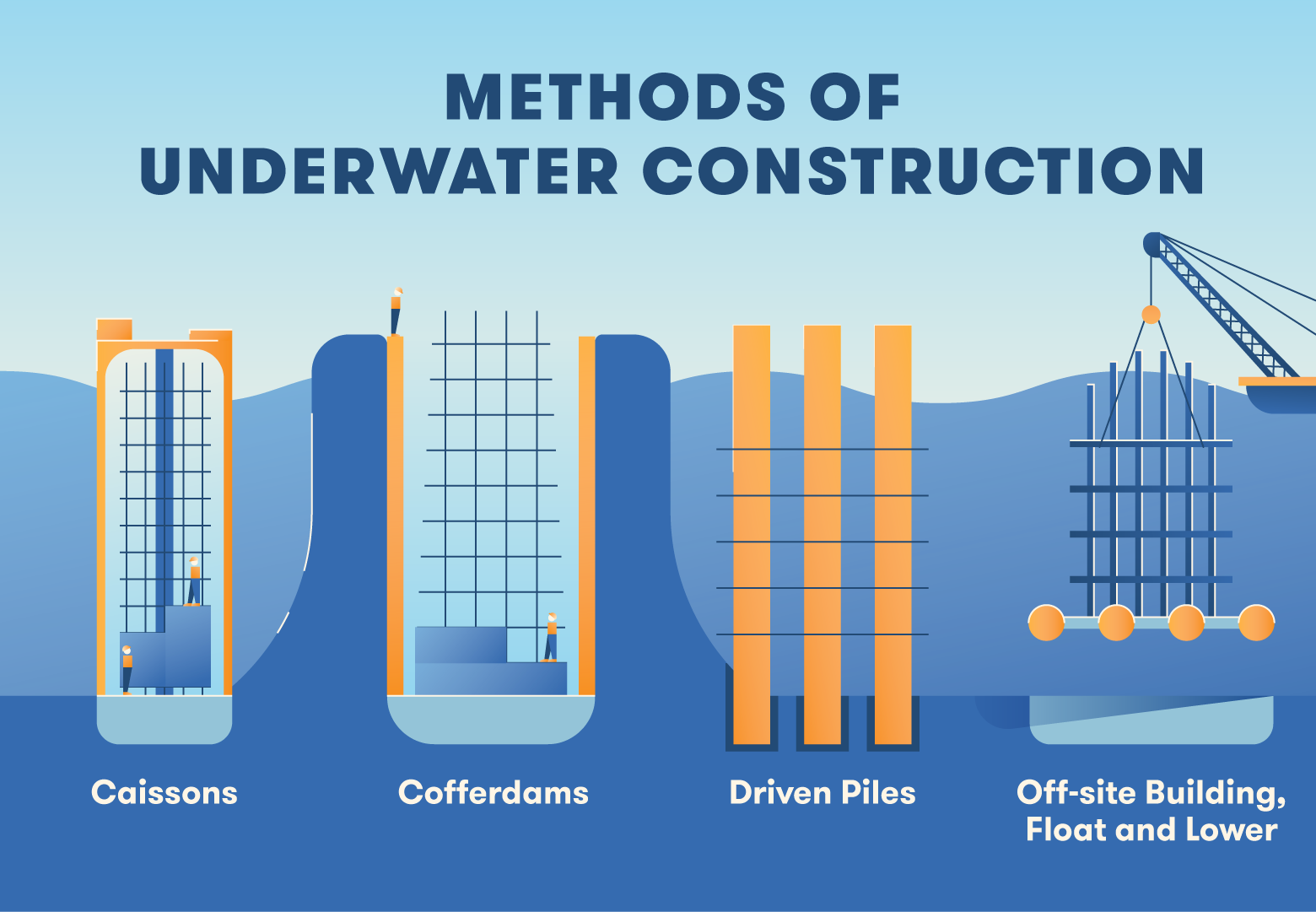Introduction
Climate change poses significant challenges to the construction industry. As extreme weather events become more frequent and intense, it is crucial to adopt climate-resilient building techniques. These techniques help ensure that buildings can withstand the impacts of climate change and contribute to a more sustainable future.
Importance of Climate-Resilient Building Techniques
Climate-resilient building techniques play a vital role in enhancing the durability, energy efficiency, and overall resilience of structures. By incorporating these techniques, we can reduce the risk of damage caused by hurricanes, floods, heatwaves, and other extreme weather events.
1. Sustainable Materials
The use of sustainable materials, such as recycled steel, reclaimed wood, and eco-friendly insulation, can significantly enhance the climate resilience of buildings. These materials have a lower carbon footprint and can withstand the impacts of climate change, making them an excellent choice for construction.
2. Green Roofing
Green roofing systems involve the installation of vegetation on the rooftop, which helps regulate temperature, reduce stormwater runoff, and improve air quality. By incorporating green roofs, buildings can mitigate the urban heat island effect and increase their resilience to extreme heat.
3. Passive Design Strategies
Passive design strategies aim to optimize natural resources and minimize energy consumption. Techniques such as proper insulation, strategic placement of windows, and shading devices can help maintain comfortable indoor temperatures while reducing the reliance on artificial cooling or heating systems.
Benefits of Climate-Resilient Buildings
Climate-resilient buildings offer numerous benefits, including:
1. Enhanced Durability
By adopting climate-resilient building techniques, structures can withstand the impacts of extreme weather events, reducing the need for costly repairs and reconstruction.
2. Energy Efficiency
Climate-resilient buildings are designed to optimize energy consumption, resulting in reduced reliance on heating and cooling systems. This, in turn, lowers energy bills and carbon emissions.
3. Improved Occupant Safety and Comfort
Climate-resilient buildings prioritize occupant safety and comfort by incorporating features such as proper ventilation, natural lighting, and effective insulation. This creates a healthier and more comfortable indoor environment.
Conclusion
Climate-resilient building techniques are essential for constructing sustainable and durable structures in the face of climate change. By incorporating sustainable materials, green roofing, and passive design strategies, we can enhance the resilience of buildings and contribute to a more climate-resilient future.
